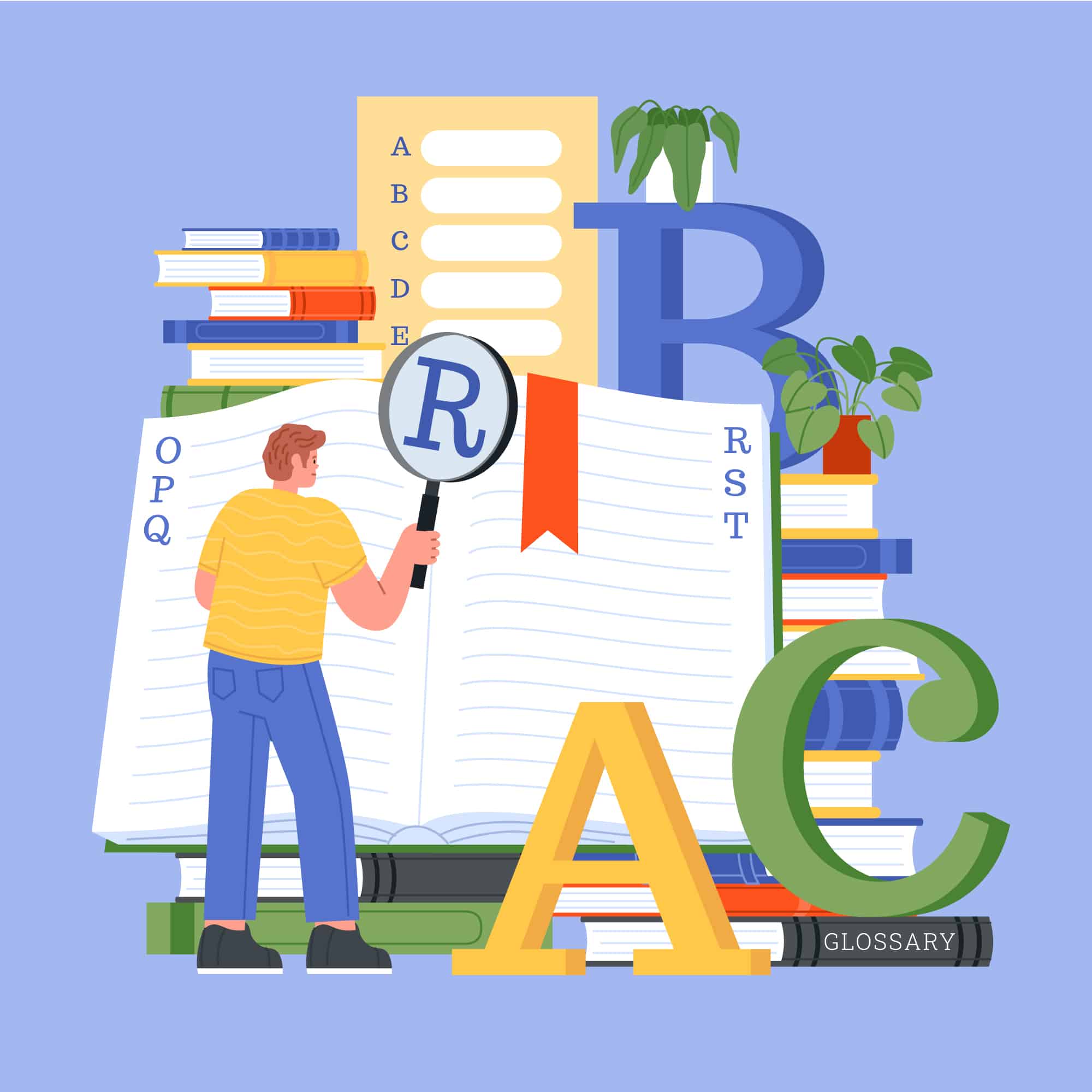Table of Contents [hide]
- 1 Why Envelope Addressing Etiquette is Important
- 2 Traditional versus Modern Envelope Addressing Styles
- 3 Tips for Properly Addressing an Envelope
- 4 Mistakes to Avoid When Addressing Envelopes
- 5 Creative Ways to Personalize Your Envelopes
- 6 Etiquette for Special Occasion Envelopes (Weddings, Holidays, etc.)
Welcome to the world of envelope addressing etiquette! While it may seem like a small detail, the way you address your envelopes can make a big impact on your mail. Whether you’re sending out invitations for a special occasion or just mailing a simple letter, following proper addressing protocols shows respect and attention to detail. In this blog post, we’ll explore traditional versus modern envelope styles, share tips for perfecting your addresses, highlight common mistakes to avoid, and even delve into creative ways to personalize your envelopes. So grab your pen (or keyboard) and let’s dive into the art of envelope addressing etiquette!
Why Envelope Addressing Etiquette is Important
Addressing an envelope may seem like a mundane task, but it holds more significance than you might think. Envelope addressing etiquette serves several important purposes. It sets the tone and formality of your correspondence. Whether you’re sending a wedding invitation or a business letter, properly addressed envelopes convey respect and professionalism.
Adhering to proper addressing protocols ensures that your mail reaches its intended recipient without any confusion or delays. Clear and accurate addresses minimize the risk of misdelivery or returned mail.
Furthermore, envelope addressing etiquette reflects your attention to detail and consideration for others. Taking the time to address an envelope correctly shows that you value the recipient’s time and effort in opening their mail.
In addition, following established addressing conventions helps maintain consistency across different communication channels. When recipients receive letters with their name spelled correctly and in the appropriate format, it creates a seamless experience between physical mail and digital communications.
Envelope addressing etiquette adds a touch of elegance and personalization to your correspondence. By paying attention to details like calligraphy or unique fonts on envelopes, you can make each piece of mail feel special for both sender and receiver alike.
Now that we understand why envelope addressing etiquette is important let’s explore some traditional versus modern styles!
Also read: How Many Sides Does a Pentagon Have? Unlocking the Geometric Mysteries of Five
Traditional versus Modern Envelope Addressing Styles
When it comes to envelope addressing, there are two main styles to consider: traditional and modern. Each style brings its own unique flair and can set the tone for your mail’s overall aesthetic.
In the realm of traditional envelope addressing, elegance and formality reign supreme. This style typically involves using formal titles like Mr., Mrs., or Dr., followed by the recipient’s full name. The address is written in a cursive or calligraphy font to add an extra touch of sophistication.
On the other hand, modern envelope addressing takes a more relaxed approach. This style embraces creativity and allows for personalization. You have the freedom to use first names only if you have a close relationship with the recipient, or even nicknames for those special individuals who go by something other than their legal name.
Another aspect that sets modern envelope addressing apart is the incorporation of unique fonts and colors. From bold typography to playful handwritten designs, there are endless options available to make your envelopes stand out from the crowd.
Whether you prefer a classic look or want to explore contemporary trends, both traditional and modern styles offer opportunities for creativity while maintaining proper etiquette. So go ahead, experiment with different approaches and find what best suits your personality and occasion!
Tips for Properly Addressing an Envelope
Addressing an envelope may seem like a simple task, but it’s important to follow proper etiquette to ensure your mail reaches its intended recipient in a respectful and professional manner. Whether you’re sending out invitations or just mailing a letter, here are some tips to help you address envelopes correctly.
1. Start with the recipient’s name: Begin by writing the recipient’s full name on the first line of the address. Use titles such as Mr., Mrs., or Dr., if appropriate.
2. Include their address: On the next line, write their street address, including any apartment numbers or unit designations.
3. Add the city, state, and ZIP code: The city should be written on one line followed by a comma. On the next line, write out the state abbreviation in capital letters. Include the ZIP code on its own line.
4. Consider using calligraphy or fancy fonts: If you have neat handwriting skills or access to calligraphy tools, consider adding an elegant touch to your envelope by addressing it in beautiful script.
5. Use readable fonts and colors: While fancy fonts can add flair, make sure they are still easily readable. Avoid using colors that may blend into the background or make it difficult for postal workers to read.
6. Always double-check for accuracy: Before sealing your envelope and sending it off into postal oblivion (or rather delivery), take a moment to review your addressing job for any spelling errors or missing information.
7. Don’t forget return addresses: It’s good practice to also include your return address on either the back flap of your envelope or in case there is insufficient space available elsewhere.
By following these tips for properly addressing an envelope with care and attention-to-detail will not only showcase good manners but also increase chances of successful delivery without any unnecessary complications along-the-way!
Mistakes to Avoid When Addressing Envelopes
Addressing envelopes may seem like a simple task, but there are some common mistakes that can easily be overlooked. By avoiding these errors, you can ensure that your mail arrives at its intended destination without any hiccups.
One of the most crucial mistakes to avoid is illegible handwriting. If the address on the envelope cannot be read clearly, it could lead to delays or even misdelivery. Take your time and write in clear, neat handwriting to avoid any confusion.
Another mistake is using incorrect abbreviations or omitting important information. It’s essential to include all necessary details such as apartment numbers, street names, and zip codes. Using standardized postal abbreviations will also help ensure accurate delivery.
Additionally, forgetting to include a return address is a common oversight. Including your return address not only allows for easier communication if there are any issues with delivery but also gives peace of mind knowing that undeliverable mail will make its way back to you.
Be mindful of using outdated titles or incorrect honorifics when addressing formal invitations or letters. Research proper forms of address for different recipients (such as Mr., Mrs., Dr., etc.) and use them appropriately.
By being aware of these potential pitfalls and taking care in addressing envelopes correctly, you can ensure smoother mail delivery and avoid unnecessary complications along the way!
Creative Ways to Personalize Your Envelopes
When it comes to envelope addressing etiquette, adding a personal touch can make your mail stand out and show the recipient that you put thought and effort into their correspondence. Here are some creative ways to personalize your envelopes:
1. Hand Lettering: Instead of using a standard font or printing labels, try hand lettering the addresses on your envelopes. This adds a unique and artistic flair that is sure to impress.
2. Wax Seals: Adding a wax seal to the back flap of your envelope not only looks elegant but also adds an extra layer of security. Choose from various designs or create your own custom seal for a truly personalized touch.
3. Custom Stamps: Consider ordering custom stamps with your return address or even a design that reflects the theme of the occasion. This way, every piece of mail you send will have its own special mark.
4. Embellishments: Get creative by adding small embellishments like stickers, washi tape, or colored pens to enhance the overall look of your envelopes.
5. Calligraphy Printing: If you love the elegance of calligraphy but lack the skills, consider having addresses professionally printed in calligraphy style fonts for a polished and sophisticated look.
6.Collage Style Addressing: For a whimsical and playful approach, consider creating collage-style envelopes using magazine cutouts or decorative papers in different shapes and sizes.
Personalizing your envelopes not only shows attention to detail but also makes receiving mail more exciting for both sender and receiver alike! So let loose with creativity!
Also read: Worst College Degrees: Navigating Career Paths with Caution and Insight
Etiquette for Special Occasion Envelopes (Weddings, Holidays, etc.)
When it comes to special occasions like weddings, holidays, or other milestone events, the envelope addressing etiquette takes on even greater importance. These moments call for extra care and attention to detail. Here are some tips to ensure your envelopes reflect the significance of these special occasions:
1. Use formal titles: When addressing wedding invitations or holiday cards, it’s essential to use proper titles such as Mr., Mrs., Ms., and Dr. This adds a touch of formality and respect.
2. Include full names: For formal events like weddings, include both the first and last names of each recipient on the envelope. This helps avoid any confusion about who is invited.
3. Pay attention to order: If you’re addressing a married couple with different last names or hyphenated surnames, list their names alphabetically by last name on separate lines.
4. Consider inner envelopes: In traditional wedding invitations, there may be an additional inner envelope that includes only guests’ names without any addresses. This allows for a more personalized touch when inviting close family and friends.
5. Be mindful of plus ones: If you’re unsure if someone should bring a guest or if their relationship status has changed since receiving the invitation list them by name only—this avoids potential awkwardness.
6.Be consistent with formality level: It’s important to maintain consistency in style throughout all event materials from save-the-dates to thank-you notes.







